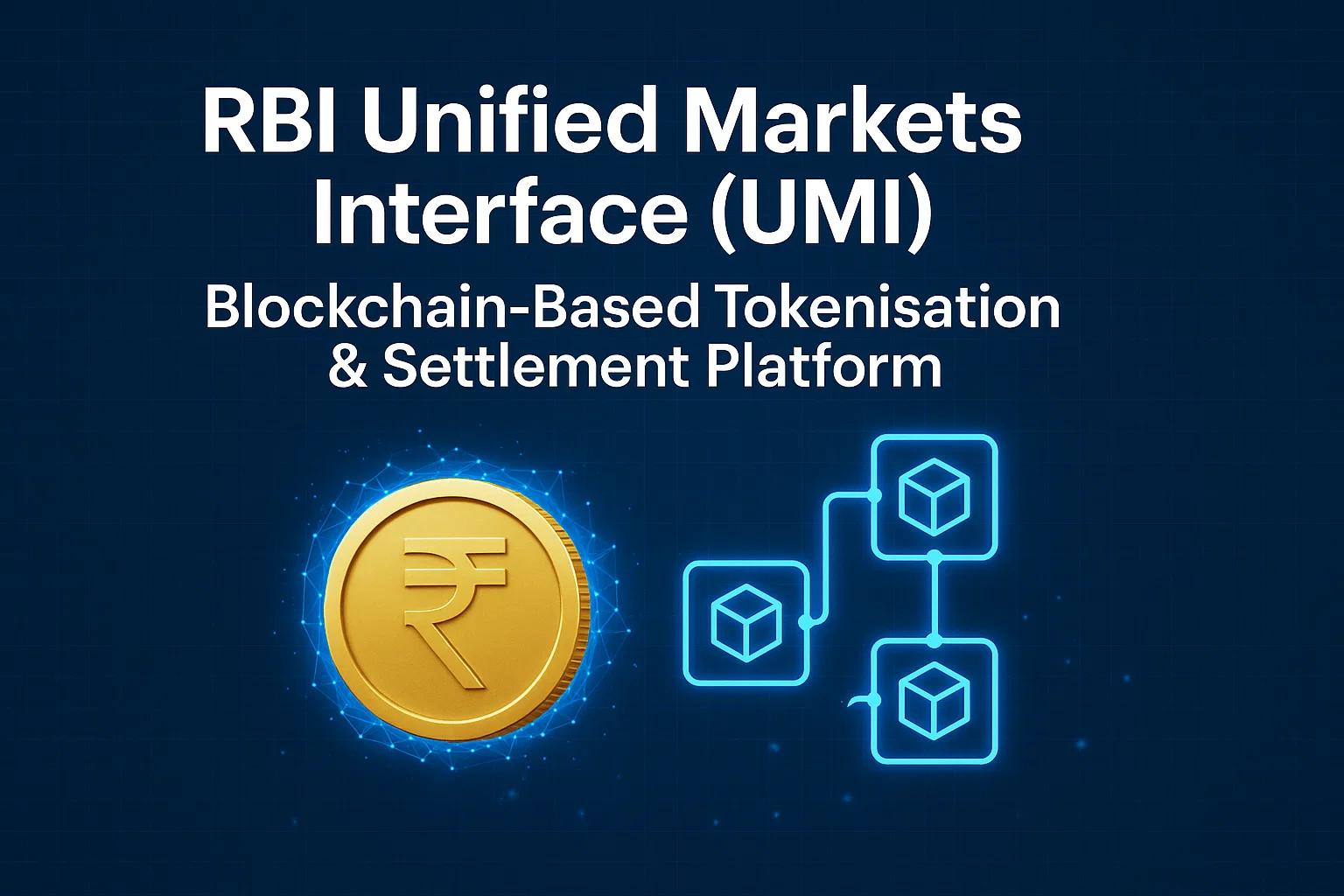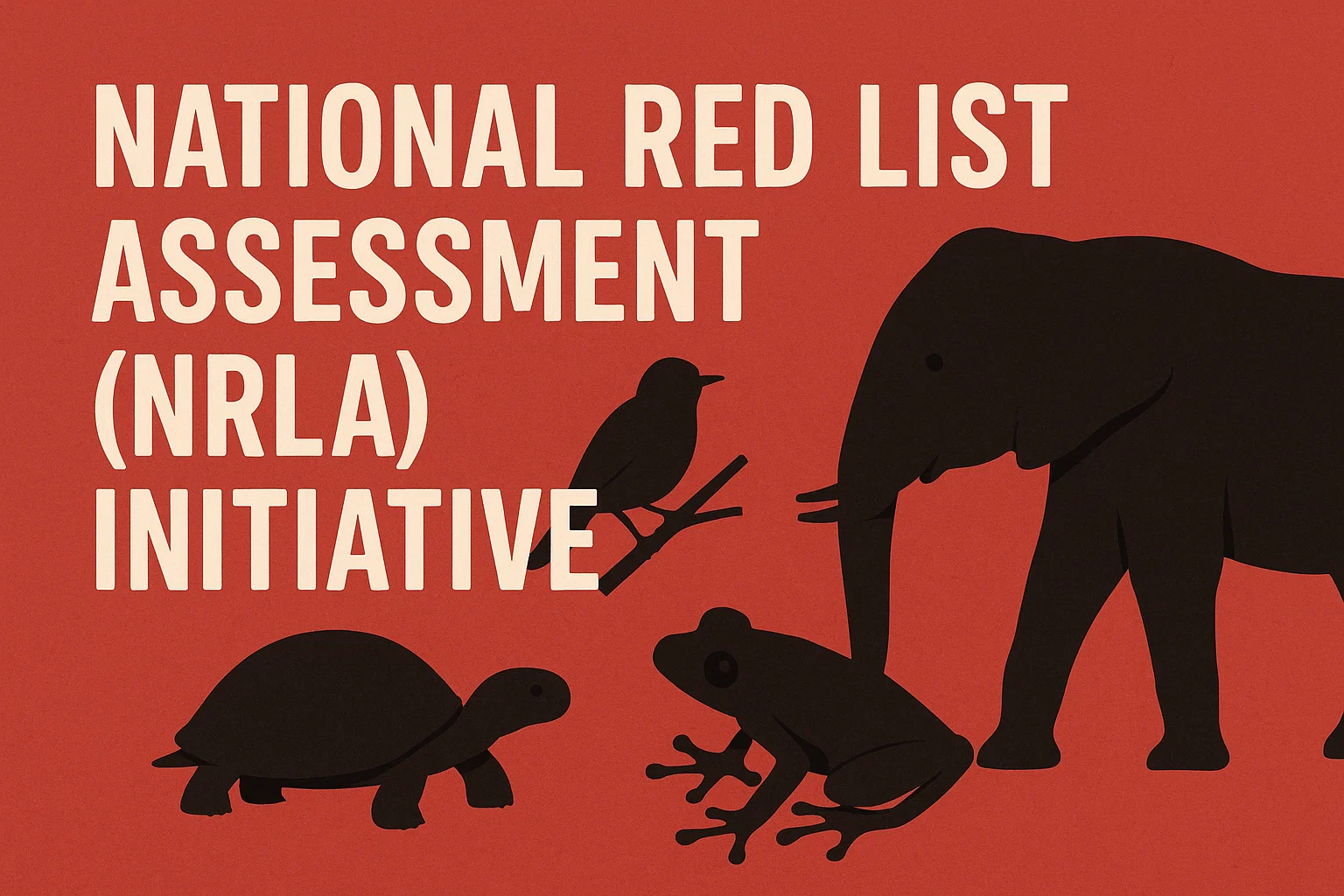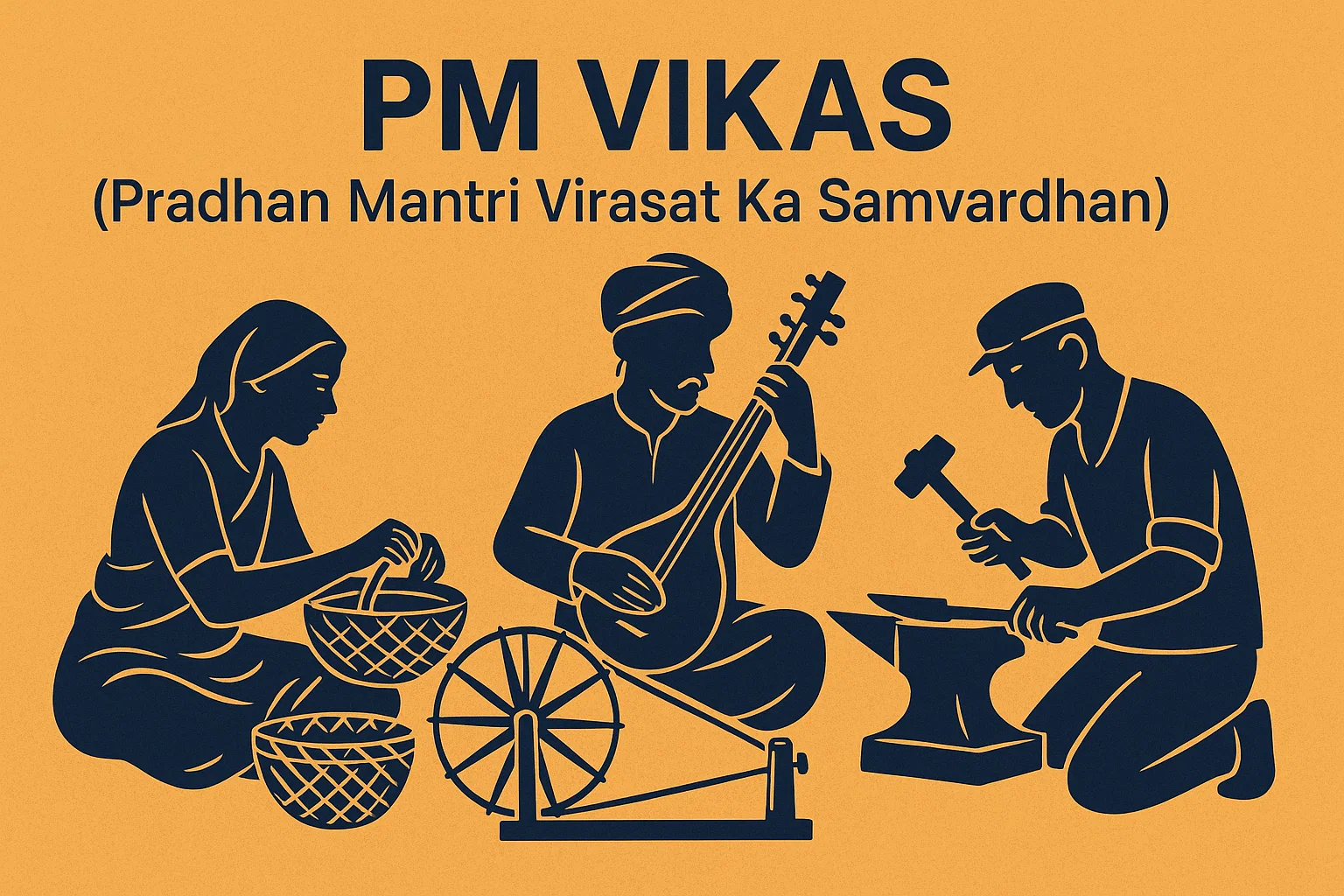Bridging the Gender Digital Divide
Gender Equality in the Age of Information
Context: As the world marks 30 years of World Telecommunication and Information Society Day (WTISD) on May 17, 2025, this year’s theme — ‘Gender Equality in Digital Transformation’ — brings to the forefront a critical intersection of two global priorities: digital inclusion and gender equity.
More on News
- Despite rapid advancements in technology, the digital revolution continues to mirror and magnify pre-existing gender inequalities.
- In an age of unprecedented data generation, the uncomfortable reality persists — we still know far too little about women.
Digital Divide is Deeply Gendered
- According to the latest estimates, 2.6 billion people remain offline, most of them women and girls.
- In 2023, women in low- and middle-income countries were 7% less likely to own a mobile phone and 19% less likely to access mobile internet compared to men.
- The gender gap is even wider in South Asia, standing at 15% for mobile ownership and 42% for internet use.
- But this is not just about devices or data plans. Digital exclusion limits women’s economic agency, restricts their presence in online spaces, and prevents them from participating in the design of technologies that impact their lives.
- The result is a vicious cycle of exclusion — from opportunity, visibility, and voice in the digital age.
Gender Data: The Invisible Backbone of Equality
- In a world increasingly shaped by data-driven systems and AI, the question is not only who gets connected — but also whose realities are reflected in the datasets driving change.
- AI applications in healthcare, finance, and public services depend heavily on training data.
- When women are excluded from these datasets, their unique needs, experiences, and challenges are ignored in algorithmic decision-making.
- This data invisibility is deeply rooted in history. Patriarchal norms have long dictated what gets measured, who collects the data, and how insights are interpreted.
- Even with recent momentum around gender data—spurred by the UN’s Sustainable Development Goals (SDGs), especially Goal 5 on Gender Equality—major gaps remain.
- Tools like the SDG Gender Index by Equal Measures 2030 have helped spotlight these issues, but data alone is not enough.
Barriers to Leveraging Gender Data for Digital Transformation
Three critical barriers continue to undermine the effective use of gender data:
- Siloed Data Ecosystems (Information Market Failure): Gender data is often segregated from other developmental domains—health, education, climate, and labor—making cross-sectoral analysis difficult.
- Lack of Intersectionality in Datasets: Most gender-disaggregated data fails to account for intersecting identities such as caste, ethnicity, disability, or age.
- Epistemic Bias in Policy Prioritisation: Gender data is often seen as “niche” or secondary, sidelined in favor of so-called “mainstream” economic indicators.
- This undervalues gender data as a digital public good—an asset that should guide policy across sectors.
High Economic and Social Cost of Digital Exclusion
- Economics: A McKinsey Global Institute report revealed that closing gender gaps in economic participation and leadership could add $28 trillion to global GDP by 2025.
- However, without digital access and representation, women remain locked out of this growth.
- Innovation: Diverse and inclusive teams are more likely to develop products that serve a wider user base.
- The underrepresentation of women in STEM and AI has led to biased technologies — from facial recognition systems that misidentify darker-skinned women to voice assistants optimised for male voices.
Reimagining Gender Data as Digital Infrastructure
To truly enable inclusive digital transformation, we must treat gender-disaggregated, intersectional data as core infrastructure, not a peripheral concern. Just as roads and power lines are essential to development, so too is accurate, timely, and inclusive gender data.
Key action points include:
- Integrating gender data into national digital public infrastructure and AI governance frameworks
- Embedding gender data into macroeconomic models, subsidies, credit access schemes, and digital literacy programs
- Promoting open data standards and interoperability to ensure datasets can inform local innovation, startups, and policymaking
- Building gender data literacy among policymakers, ensuring they understand, value, and act on inclusive insights


